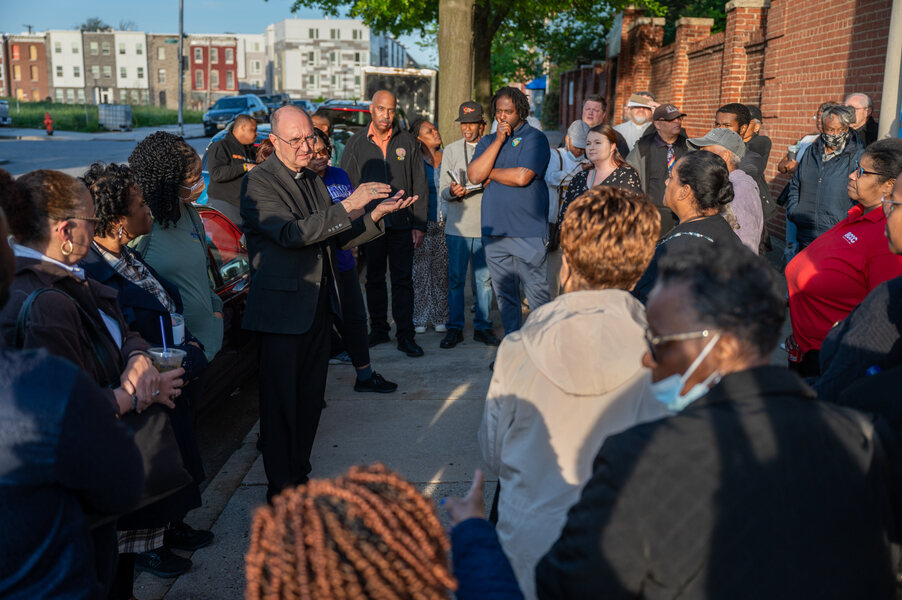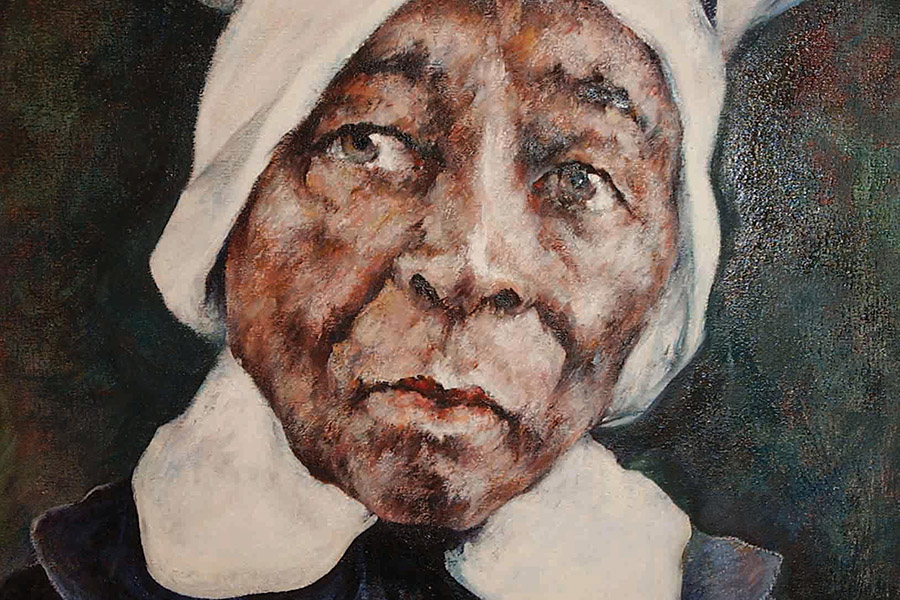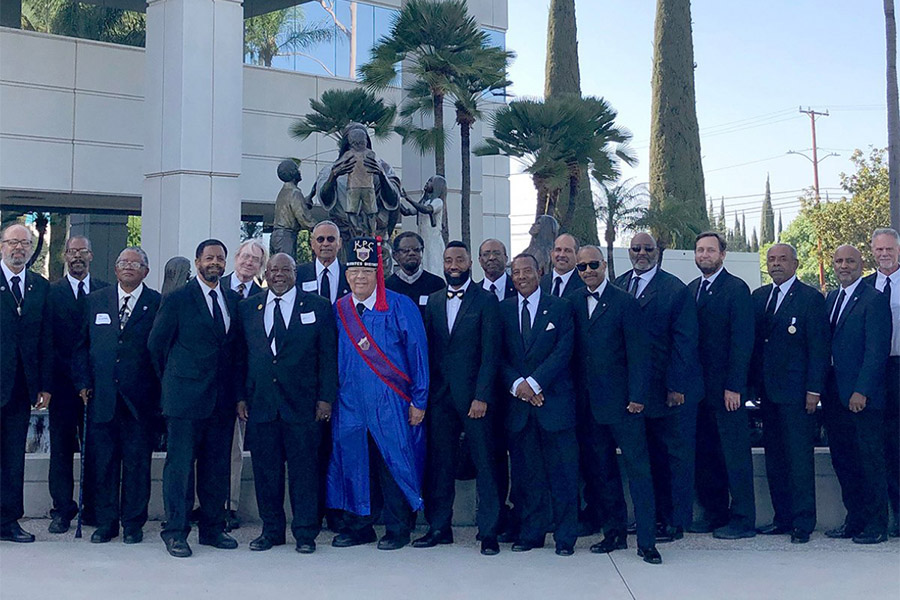In honor of Black History Month, we are privileged to share with the story of Fanny Montpensier (c. 1794-1880), a free woman of color and a member of Baltimore’s Haitian refugee community. Fanny’s name might not be familiar today, but while she was alive she was well-known in her community for her devotion, her good works, and a passion to share her faith with others.
Fanny was born in Haiti about 1794 and given the name Jeanne Marie, although she would be known by her nickname for much of her life. She identified as being of African and European descent, spoke French, and was literate. Details about her family and life in Haiti, including whether it was free or enslaved and how the former French colony’s declaration of independence in 1791 impacted it, have not survived. We do know that Fanny was among the thousands of Haitians who fled to the United States in the period of violence and upheaval that followed. It is likely that she was brought to this country as a child, but when and where she arrived, who she travelled with, and what her legal status was are not known.
The close relationship she maintained with a first cousin, Juliette Noel Toussaint (1781-1851), and a circle of mutual friends, suggests that Fanny may have first gone to New York before settling in Baltimore. She lived in what is known today as the Seton Hill neighborhood of Baltimore, but back then was referred to as the French Quarter, where Haitian refugees had created a thriving community that was shaped by the country they left behind, shared a common language, culture, and religion, and was comprised of both free and enslaved persons. The spiritual home of this community for a number of years was the chapel at St. Mary’s Seminary (est. 1791), staffed by the French Sulpician Fathers.
The first record that documents Fanny’s presence in Baltimore is her marriage to Jean Marie Auguste Montpensier Deniau. Bride and groom were identified to be free people of color and the ceremony was performed on July 28, 1808, by the Sulpician priest Jean Tessier (1758-1840), who would play an important role in Fanny’s life as her spiritual director. A son, Gustavus, arrived soon after, but he would live just three weeks before being taken from Fanny and Jean. He was the only child born to the couple before Jean’s death from consumption in 1815. Finding herself a widow at the age of 21, Fanny’s life up to that point had been one shaped by pain, separation, and loss. Now, on her own in a city where slavery was legal and prejudice and discrimination a part of her daily life, Fanny would have to make her own way. Relying on a resourcefulness she perhaps didn’t realize she had, Fanny found a way to support herself over the next six decades by finding employment as a domestic, a street vendor, and a confectioner.
Fanny also turned to her faith community for support during her period of grief. Surviving records for St. Mary’s Seminary Chapel tell us that she had continued to worship there from the time of her marriage and became increasingly involved in its activities, performing good works and enrolling in its three confraternities. The membership lists for these confraternities include the names of a remarkable group of women, who would not only influence the direction of Fanny’s life, but the development of the Church in Baltimore. Elizabeth Charles Arieu, a wealthy free woman of color, took Fanny into her home when she was hired as a domestic and undoubtedly served as her role model. Madame Charles, as she was known, was a person of deep faith who dedicated herself to supporting the Church and serving the poor. She played an important role in helping to raise funds and operate the hospital that Rev. Tessier had opened to provide medical care and pay the funeral costs for poor members of Baltimore’s black community.
Later, when fellow confraternity members, Elizabeth Clarisse Lange (c. 1794-1882), Marie Magdelaine Balas (d. 1845), and Rosine Boegue (d. 1871), made the commitment to found the Oblate Sisters of Providence (est. 1829), the first religious community for women of color, Madame Charles provided crucial financial support and employed her fundraising skills to solicit additional funds from the larger community. Fanny, who had assisted Madame Charles in her charitable works, also initiated her own effort to support what she referred to as “our convent.” Records maintained by the Oblate Sisters show that Fanny not only made regular donations from her own modest funds for over 40 years but went out into the community to collect supplies for the school and orphanage the community operated and raise money to help pay their expenses. Fanny also wrote to her friends and relations in New York to solicit funds, including her cousin, Juliette Noel Toussaint, whose husband was Venerable Pierre Toussaint (1766-1853). It was due to Fanny’s efforts that the Toussaints became benefactors of the Oblate Sisters.
Fanny’s death was announced in the Baltimore Sun on April 5, 1880, but the historical record is silent on where she lived the final years of her life and was laid to rest. I’d like to think that she ended her days in the care of the Oblate Sisters, the community she had dedicated so much of her life to supporting.
Let us remember and celebrate Fanny Montpensier’s life. A person of great faith, her heart burned so bright with the love of Christ that it gave her the strength to overcome the many challenges she confronted as a refugee, a woman, and a person of color in nineteenth-century Baltimore and find her path to holiness in serving others.
Read More Black Catholic MInistry
Copyright © 2024 Catholic Review Media







